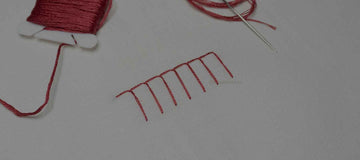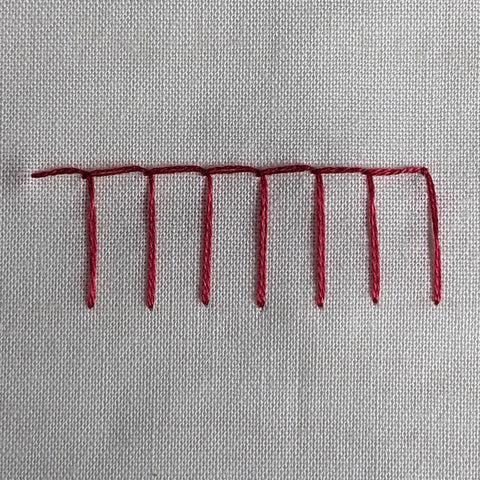
Details
- Name:
Blanket Stitch aka: Blanket Edge, Open Buttonhole Stitch
- Difficulty:
Easy
- Structure:
Buttonhole Looped
- Technique:
basic blackwork surface
- Uses:
Border Construction Edging Outline
Watch this video on YouTube.
Overview
The Blanket Stitch embodies simplicity, ease, and beauty. Traditionally employed to finish blanket edges, it not only enhances their appearance but also ensures their durability. Widely adopted in diverse crafting projects, it stands as one of the most coveted stitches.
Commonly mistaken for the Buttonhole Stitch, it's more accurate to acknowledge that the Blanket Stitch and Buttonhole Stitch are often conflated. However, a closer examination reveals their distinctiveness. While both stitches serve to secure edges, the Buttonhole Stitch boasts greater strength. Historically, tailors would meticulously hand-sew the Buttonhole Stitch along buttonhole edges for added durability.
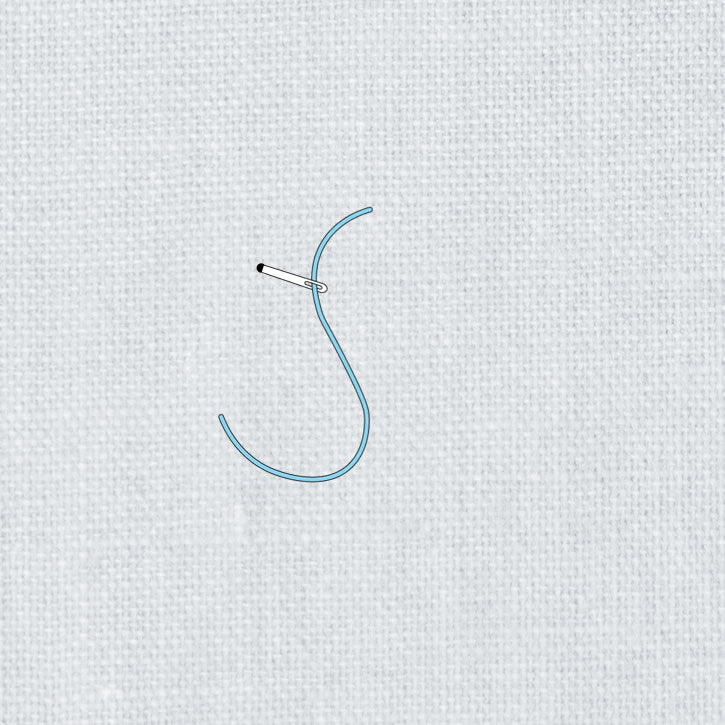
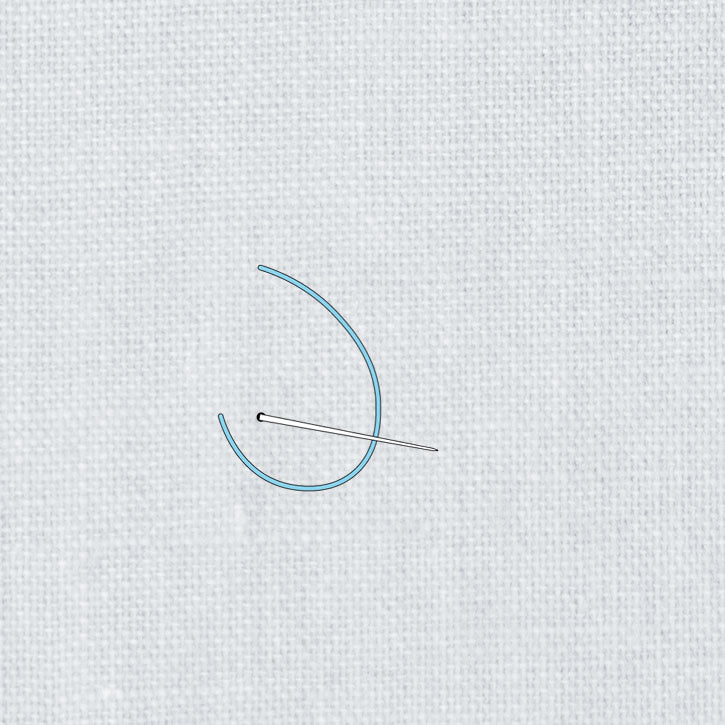
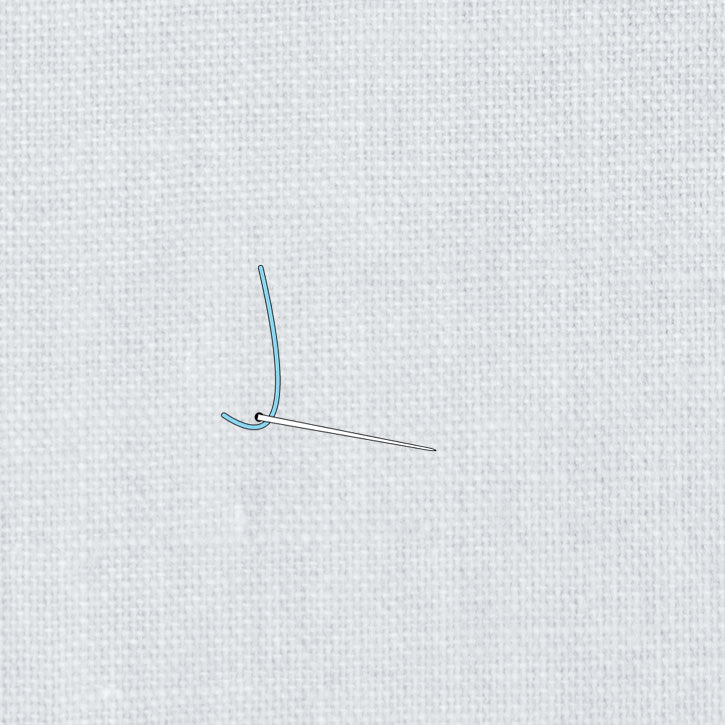
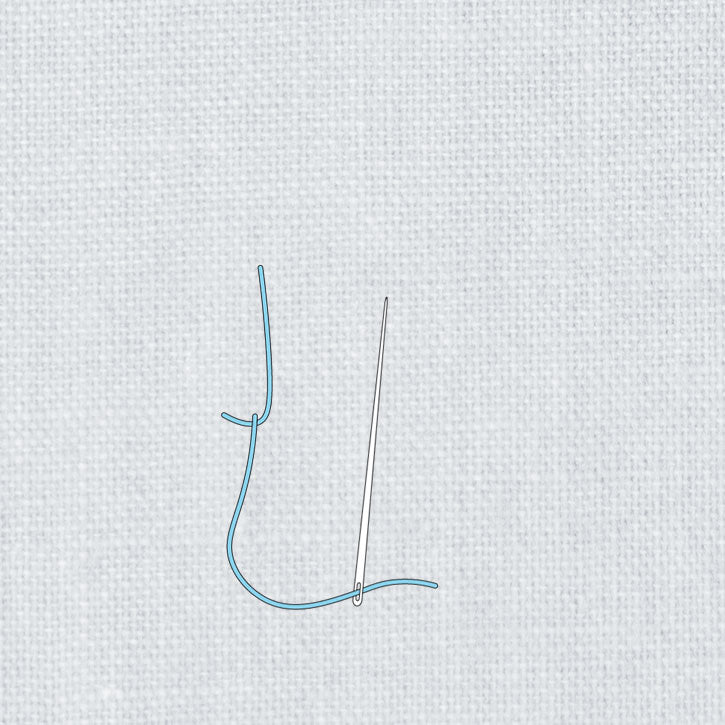
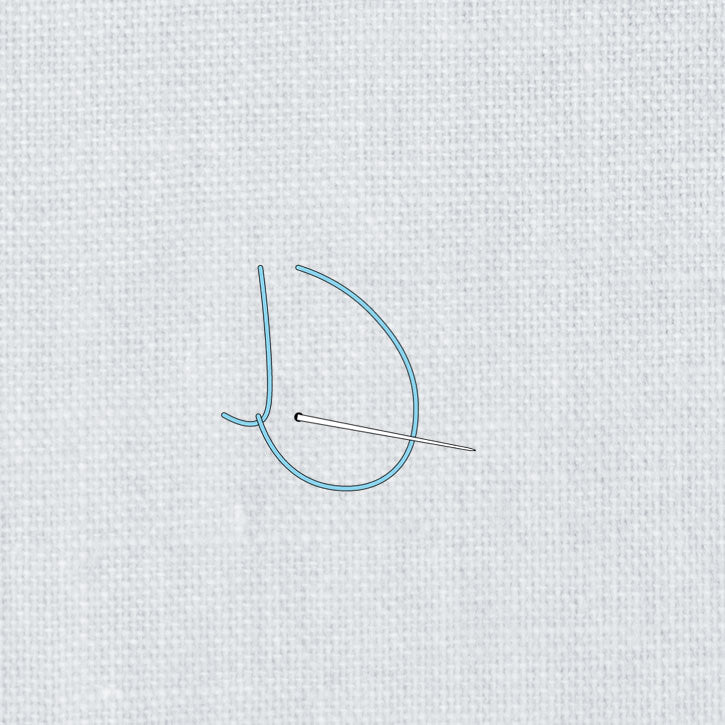

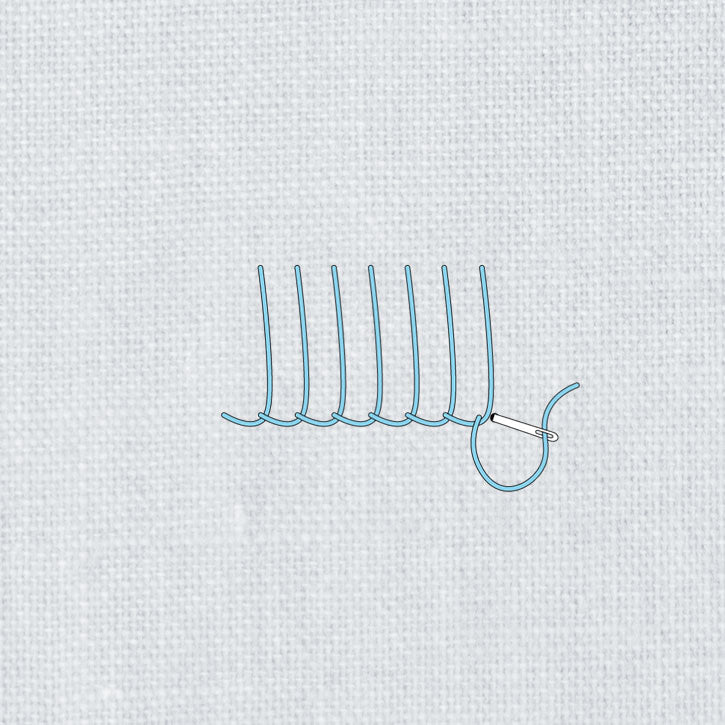
History
The Blanket Stitch comprises a series of loops, each secured by the subsequent stitch to create an L-shape. Its stitching technique closely resembles that of the buttonhole stitch, with the primary distinction lying in the spacing between stitches.
Earliest traces of the blanket stitch date back to the excavation of 4th century AD artifacts in Kellis, Egypt, where a child's tunic showcased multicolored blocks of blanket stitch adorning the hood's edge.
Throughout history, the blanket stitch has remained prevalent in various embroidery traditions. It features prominently in Guimarães embroidery from Portugal (dating back to the 10th century, although its use in this context may not extend as far), serves as a central stitch in Old Rabat embroidery from 17th century Morocco, adorns indigo-dyed garments in Jebel Haraz, Yemen, alongside other embellishment stitches, and is utilized by embroiderers from the Siwa Oasis, Egypt.
Projects
Here are some projects you can complete that include this stitch!
Reference: RSN Stitchbank




